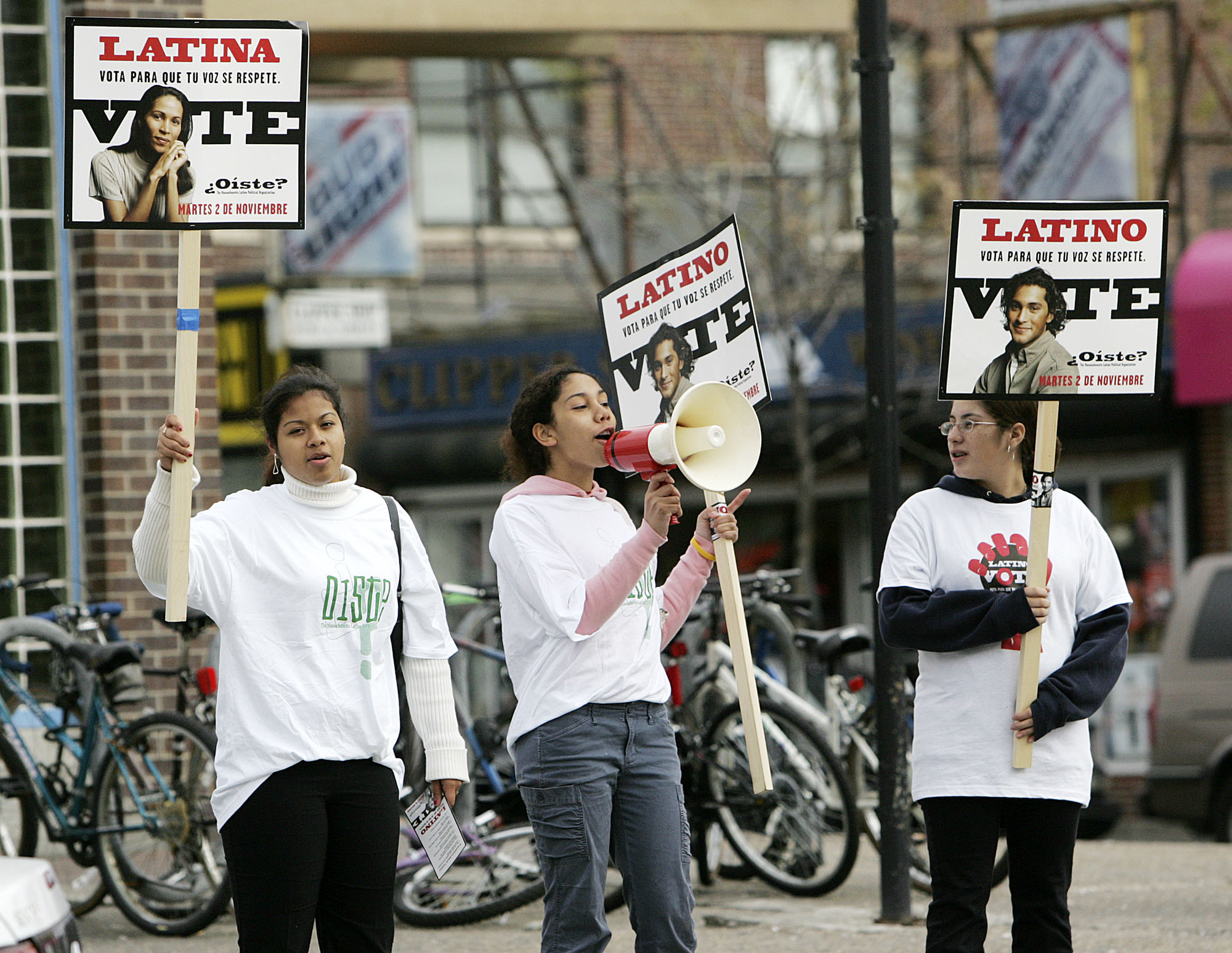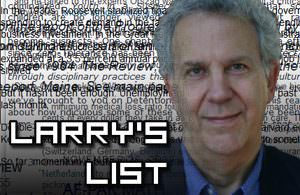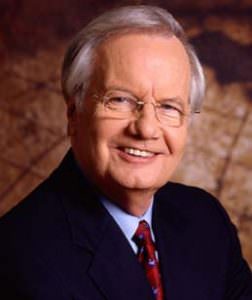Teaching Civic Skills and Action Should Be Standard in Schools
Students are best prepared for a life of democratic citizenship when they study real-world applications close to home. High school students work to get out the vote as part of a class civics program in Boston in 2004. (Michael Dwyer / AP)
High school students work to get out the vote as part of a class civics program in Boston in 2004. (Michael Dwyer / AP)
The taproots of democracy and its plentiful benefits start with the people, of course, but more specifically with the educational experience the next generation of leaders receives in their schooling.
The corporate power structures know this truism in a perverse way. Through their influence, both inside our schools and beyond, they press for curricula that teach complacency and obedience instead of understanding how the principles of democracy can be utilized to dismantle the power structures serving the few over the many.
From the earliest years of our schooling, we are inundated with a distorted view of history—though since Howard Zinn’s “People’s History of the United States” and its awakenings, more of the grim realities of the ruling classes’ history of plunder have been brought to light. Still, power, law and the workings of democratic institutions past and present are rarely part of schooling in America.
Just ask middle and high school students about their society’s basic institutions, courts, trial by jury, the law of wrongful injuries (tort law), or about their civil rights and liberties — and the duties that accompany these rights — and you’re likely to draw blank gazes. In 2006, a poll revealed that more high school students knew the names of the Three Stooges than the names of the three branches of government. Just last year after my address to the student assembly of a preparatory school, a small gathering of students who wanted to talk could not name their state’s governor, senators or representatives to Congress — notwithstanding the ballyhooed information source that is misnamed the “smartphone” in their hands.
The imbalance between the vocational emphasis in education and the civic experience is vast. Civics, as a topic, is not a standalone subject in most schools anymore. And where it is, the textbooks are so dry, dreary and self-censoring of controversial subjects that reading them is like reading a microwave oven manual.
As some forthright teachers have shown, it need not be this way, and stronger parent associations can provide some protection for teachers who are fearful of bureaucratic restrictions. For example, several years ago, a fifth grade student in Salt Lake City rushed into class excitedly to tell her classmates about discovering a nearby waste dump covered with shrubbery. The teacher took this level of interest and turned it into a class project. The students documented the dump, visited city officials, got it cleaned up and, between press interviews, managed to testify at the state Legislature. The teacher, Barbara Lewis, went on to publish a book, “The Kid’s Guide to Social Action,” and has been speaking across the country about the incredible motivation of young people when they study realities close to home and are given high expectations to excel, all while learning civic skills and engaging in civic experiences.
High schools have chemistry, physics and biology labs that can study and quantify the physical forces at work in their communities. Imagine how quickly the Flint, Mich., tragedy regarding lead poisons in drinking water could have been discovered were high school students routinely taught to test their local drinking water for heavy metals, while learning about the federal drinking water safety law and how to use its periodic reporting and other tools.
There are over 1,200 community colleges in the United States with overwhelming focus on vocational training—auto mechanics, nursing, computer science, and so on. Why not also emphasize the “community” in their curriculum by giving students the opportunity to receive course credit for learning civic skills and connecting to community needs and conditions? The real-world applications of student research can serve as a valuable brain trust for the community, as well as an enriching experience for students who, for example, could test water, air and soil for contamination.
Such potential is equally applicable to the social sciences. In courses on government, there could be a class titled Congress 101 that each semester could study and report to the people in the school’s congressional district on the activities and records of their senators and representatives. Students would learn about the workings of Congress in a much more dynamic and motivating manner than the usual ways our most powerful branch of government is studied. They also would learn how they can affect, influence and improve Congress during and between elections.
This skill would serve the students long after they graduate. Regularly assembling and distributing to the general public factual reports on their members of Congress, the students probably would be surprised at the attentiveness accorded their studies by congressional staffers, if not the senators or representatives themselves. The class would see how the accumulation of knowledge about important power centers — in and of itself — leads to acquiring civic power for both the students and the broader communities. No new, expensive facilities needed.
Civic content in curriculum is available frugally, including the many available free and low-cost guides and manuals (for example, “A Public Citizen’s Action Manual,” first published in 1973), which are very useful for learning strategies for civic analysis and engagement — “Learning by doing,” as the great educational philosopher John Dewey used to say.
Students at community colleges often do “service” for the needy in their community. That commitment is very commendable and sharpens their sense of empathy and justice. But service — for example, volunteering at soup kitchens—is different from advancing justice, which confronts the question of “Why in a rich society are people denied the livelihoods that would render soup kitchens unnecessary?”
The difference between engaging in charity (ministering to immediate human needs) and advocating justice (pressing for prevention of the injustice at its source) needs to be acknowledged in any discussion of how to improve a civic education. All communities are fertile grounds for learning about and participating in civic activities. They are the real-life equivalent of laboratories for civic practice. What’s more, they connect individuals with existing or emerging communities bent on improving life where people live, work and raise their families.
Learning civic skills can motivate and inspire students because the application of civic skills to improve communities touches so many lives. The 1970s-era FCC Commissioner Nicholas Johnson wrote a book titled “How to Talk Back to Your Television Set,” which demonstrated the skills needed to implement the duties of broadcasters expressed in the 1934 Communications Act, in addition to developing other critical facilities to upgrade television content from what former FCC Chairman Newton Minow called “a vast wasteland” before a startled convention of broadcasters in 1961.
Most students know nothing about how to use, without an attorney, the local small claims courts to defend against landlord abuses and the many arbitrary overcharges, gouges and shoddiness of services and products. That is an important skill that introduces students to existing consumer protection rights in state and federal law, which would produce some preliminary confidence in the utilization of such laws that consumer advocates worked hard in the past to get enacted.
There are important efforts and pilot projects working to combine vocational and civic professionalism in higher education. Over the years, some advocates have called this process “civic learning through public work.” Or as Ernest Boyer, executive director of the Carnegie Foundation for the Advancement of Teaching, rhetorically asked in 1990: “Is it possible for the work of the academy to relate more effectively to our most pressing social, economic and civic problems?” This tradition goes back to Benjamin Franklin, the great creator of civic institutions including volunteer fire departments, schools, libraries, and health and life insurance groups; and Thomas Jefferson, who saw education as preparing young people for a life of democratic citizenship.
The challenge is to push back on the excessive bureaucratization and commercialization or corporatization of educational institutions, their curricula and the narrow view of what horizons are to be placed before their faculty and students. Apart from such efforts, civic leaders can offer extracurricular seminars during and after school hours for interested young scholars.
To find out some of what is being deliberated and accomplished to further the “civic arts,” and to prepare students for public life, read the periodical “Higher Education Exchange,” published by the Kettering Foundation. I especially recommend the 2015 issue, which contains “case studies, analysis, news and ideas about efforts within higher education to develop more democratic societies.”
Education by civic practice and experience changes the present and improves the prospects for the future by increasing the number of lifelong civic leaders and the much greater number of part-time public citizens in every community of our country.
Your support matters…Independent journalism is under threat and overshadowed by heavily funded mainstream media.
You can help level the playing field. Become a member.
Your tax-deductible contribution keeps us digging beneath the headlines to give you thought-provoking, investigative reporting and analysis that unearths what's really happening- without compromise.
Give today to support our courageous, independent journalists.




You need to be a supporter to comment.
There are currently no responses to this article.
Be the first to respond.